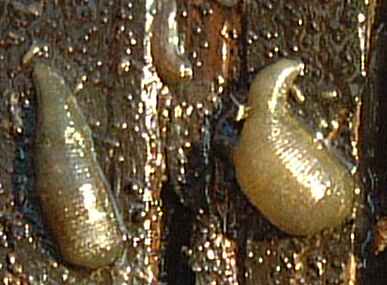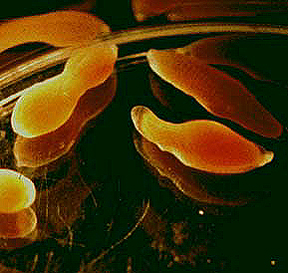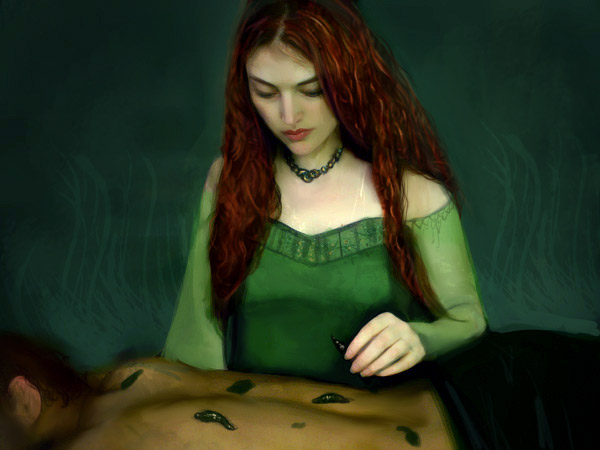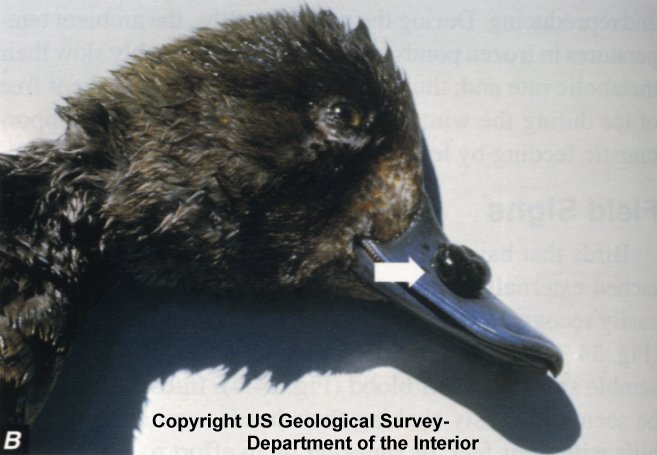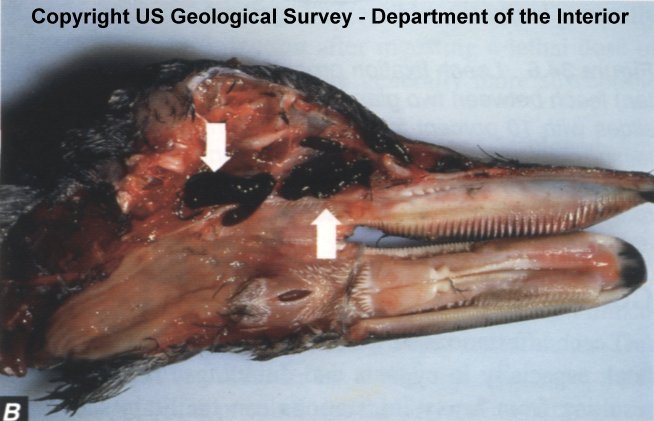| Leeches
are more abundant during the summer. They reproduce in the spring, and
the young leeches are out of their cocoons several weeks later (summertime!).
Leeches grow for a season, and are ready to breed by the following spring
to begin the cycle again. They are commonly found in lakes and ponds and
many of them provide food for vertebrates such as fish, ducks, turtles
and some other birds. Leeches tend to swim near the substrate to avoid
risk of predation, and they usually stay near the shallow regions of their
aquatic habitats (hmmm...shallow and substrate sounds like where most human
feet are walking in the water).
Did you
know!?
Some
leeches will even feed on other sanguivorous (blood sucking) leeches!
Leeches
prefer invertebrates and other vertebrate hosts (fish, reptiles, and mammals)
to humans, but if a human is around, some of them will climb on for a meal.
But before we talk about them feeding on us, let's look at some of the
cool things they have been used for.
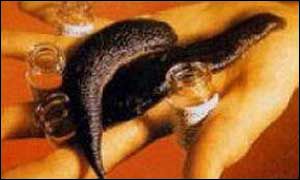
The Value
of a Leech
Leeches
do provide food for all sorts of critters—a very valuable trait indeed.
And on top of that, what could be a more respectable job for a leech than
helping the advancement of science and technology? Leeches may seem slimy,
but they are being used for a wide variety of scientific and engineering
advances.
For about
2500 years, leeches were needlessly applied for many ailments. They were
a cure-all that didn't cure much. Today there are actually clinical applications
of leeches. For example, in 1985 microsurgeons in a Boston hospital used
leeches when they had to reattach a little boy's ear that had been bitten
off by a dog! (Click here for the story.)
The small
leech Hirudo medicinalis is particularly valuable for plastic and reconstructive
surgery. This leech produces several important substances that make its
bite very special, including an anticoagulant (hirudin), a local vasodilator,
and a local anaesthetic. These substances allow continued bleeding that
mimics venous circulation for up to 10 hours after the leech has detached
(and the anaesthetic makes the bite painless). The leech can also remove
any congested blood to allow normal circulation to return to the tissues
and prevent gangrene from setting in.
Did you
know?!
Barbers
were once responsible for treating patients with leeches—the red stripes
on barber poles symbolize bloodletting.
Leeches
may also be used to treat black eyes. And hirudin, the anticoagulant, may
be used in the treatment of inflammation of the middle ear. Hirudin may
also eventually be used in invitro blood sampling. Researchers have found
that the anticoagulant and clot-digesting properties of substances in leech
saliva make them potentially useful for the treatment of heart attacks
and strokes.
No leeches
have to be harmed in the making of these drugs! The leeches can be "milked"
for their secretions without being harmed. Plus, researchers are looking
into the possibility of synthetically engineering leech saliva to be used
for all these purposes.
Links
to leech studies (those valuable leeches!):
Effect
of ale, garlic, and soured cream on the appetite of leeches
Feeding
(and not just on your leg!)
Did you
know?!
Sanguivorous
leeches can ingest several times their own weight in blood at one meal.
Like
vampires, most leeches feed by sucking blood from their hosts (they are
sanguivorous). They generally attach themselves to their meal with their
anterior sucker, and some have a proboscis they insert into their prey
from their mouth. Others may use strong jaws to cut into through the tissues
of their prey. A third type of leech doesn't have jaws, so it must feed
by swallowing small prey items whole.
Reproduction
Like
worms, leeches are hermaphroditic (also called monoecious)—they have
both male and female sexual organs. Leeches can only reproduce sexually,
and unlike some worms, they are not capable of regeneration. Like earthworms,
they have a clitellum, which is a region of thickened skin that in leeches
is only obvious during the reproductive period. Mating typically involves
the intertwining of bodies where each leech deposits sperm in the others'
clitellar area. The sperm then make their way to the ovaries for fertilization. |
